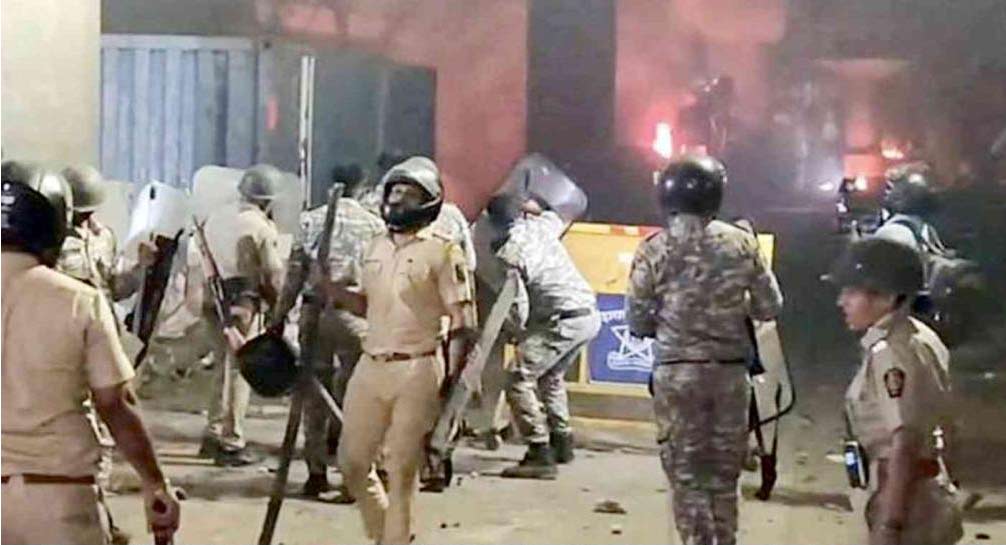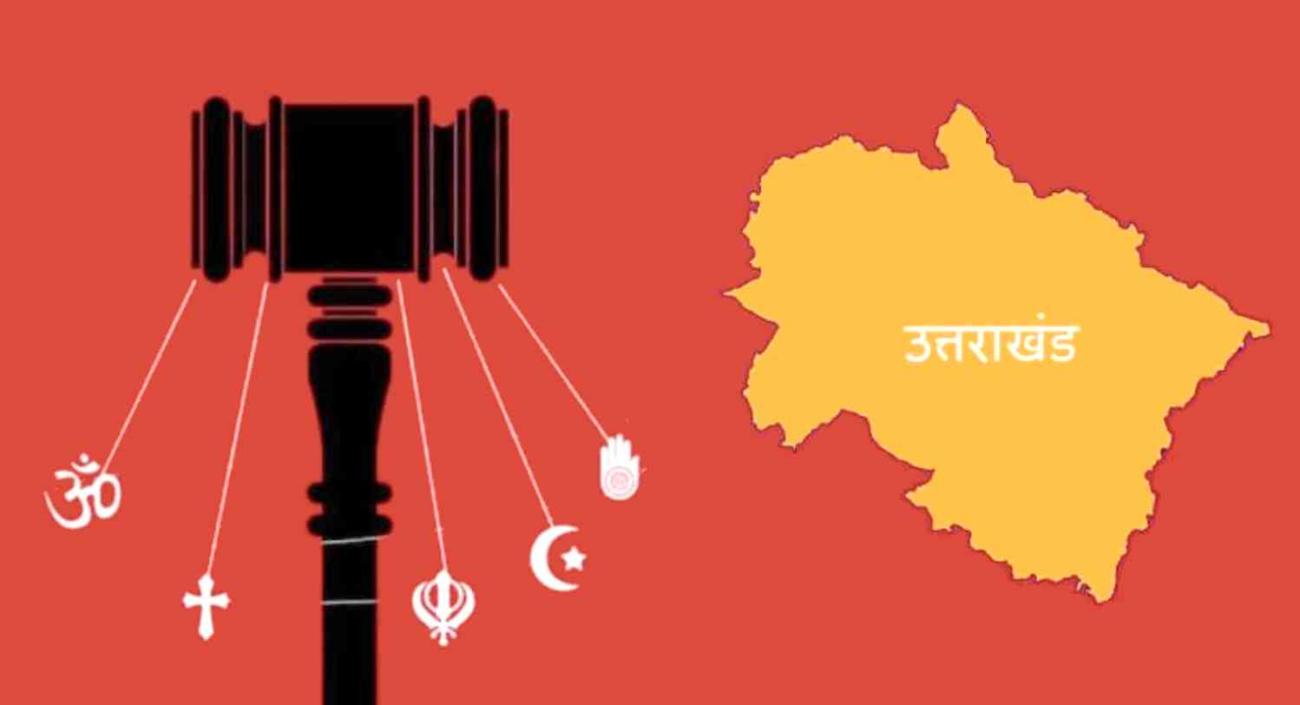The epics are a good place to start if one wants to understand the extremely exclusionary history of education in this land. The Brahminical gurukul system had extremely strict rules as to who could access education. Any violation to the contrary was to be met with harsh reprisals. Be it the cutting of Eklavya’s thumb or pouring of hot molten lead in the ears of shudras, one can find a detailed description of systemic violence prescribed in the epics and scriptures. From ancient Bharat to new India, one does see a hoary continuation of tradition.
Colonialism, early capitalism and the revolutionary milieu of socialism did manage to disrupt this hegemony of knowledge production and reproduction. From scientific ideas like Darwin’s which disrupted theocratic narratives of genesis to Marx’s critique of status quo to the social reformers who challenged orthodoxies, to the Renaissance and modern education systems; the monopoly of theocratic knowledge systems was put under severe stress. This fundamentally changed the access to education for the oppressed and in fact one of the many beneficiaries of such a sweeping change was Dr. Ambedkar. Of the many foundations that he visualized for an independent India was a constitutional access to education through affirmative action. Constitutional values, alas, are easier written than realized in practice.
Independent India embraced a scientific approach to education which was expected to help build a progressive nation. However, the education system remained in the firm grasp of the hegemonic castes. The graded inequality in society also found a clear reflection within the educational system. Affirmative action had now made it possible for Eklavya’s to access the temples of knowledge production, but the backlash was severe. From separate seating arrangements to different drinking pots, to cleaning of toilets, to separate cooks for separate castes, to different messes and hostels, not to mention the constant derision by most upper caste gurus and fellow students about ‘merit’ and the icons of the marginalized – the exclusion faced by the marginalized in society found it’s way into the classrooms as well.
The educational spaces in independent India ensured exclusion in practice because it couldn’t enforce exclusion at entry. This of course would lead to deep seated alienation and despair amongst students from marginalized communities – the result often being high drop-out rates. In worst case scenarios – suicides. From the primary school in the locality to the elite Indian Institute of Technologies or even the progressive Hyderabad Central University or JNU or Delhi University, no institution is different when it came to apathy and discrimination. To top it all, once they graduate, the educated don’t necessarily find jobs that they want because the labour market under capitalism is a game of musical chairs. The number of jobs are always lesser than the number of applicants thus reifying Marx’s reserve army of labour logic. The employed will be disciplined because they are easily replaceable by the vast reserves of the unemployed. Hence the employed will rarely stand in solidarity with the unemployed or precariously employed.
This is exactly the situation with teachers without secure contracts in Indian universities and colleges, euphemistically called ad-hoc teachers. If a student wishes to be a teacher, then the path is marked with many perils. The university or college teacher system in India is a classic example of the pernicious system of hierarchy that is so emblematic of our society. The structure loosely resembles a pyramid with few professors on top, followed by a few more associate professors and the bottom populated by a vast army of assistant professors. Within the assistant professors there are three steps (grades) to climb to become an associate and then one more to become a professor. It takes roughly 12 years (or more) to move from the assistant to associate and at least 3 years to move from associate to professor. In most colleges or universities, very few make it to the top because the entire game is to keep the lowest rung of the pyramid under a constant burden of workload and enticements of promotions. The ad-hoc positions are essentially created to keep a vast reserve army of teachers at the assistant professor level because the system does not want to ensure all positions are filled with secure contracts like the ones on top. This creates a race to the bottom amongst the lowest in the pyramid often ensuring cheaper labour under precarious contracts. The burden of such a life often breaks the best of teachers.
The education system, rather than reducing the gradational inequality unleashed by capitalism, seems to be contributing to its upkeep. The recurrent suicides in institutions of higher education are a stark reminder that accidents of birth are often a matter of life and death.





